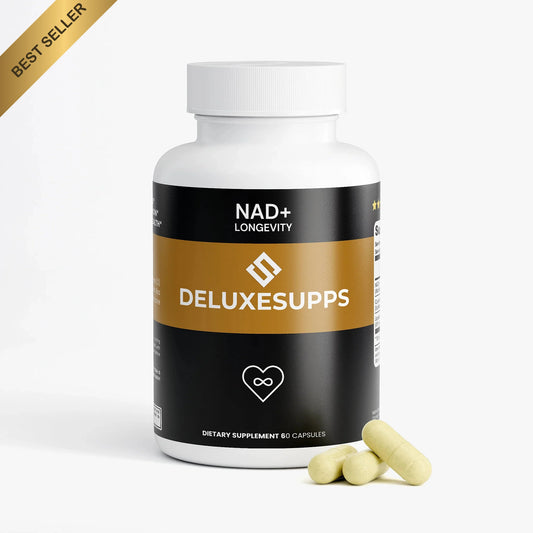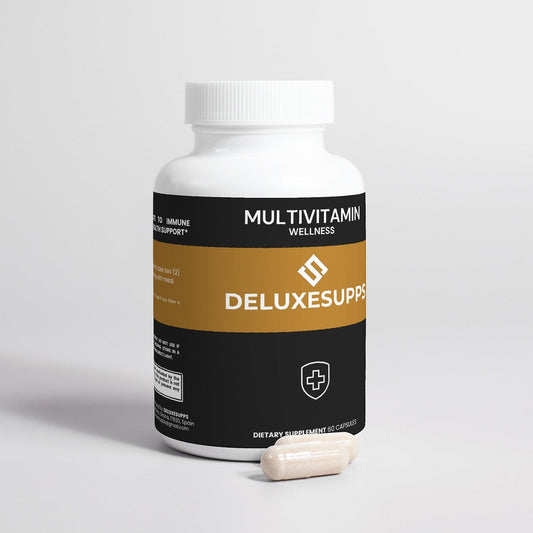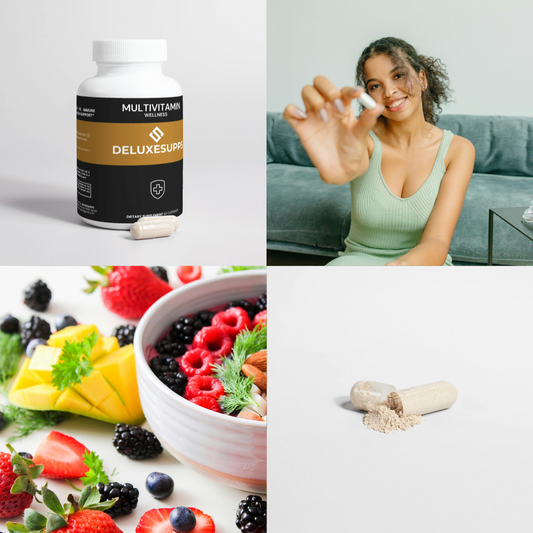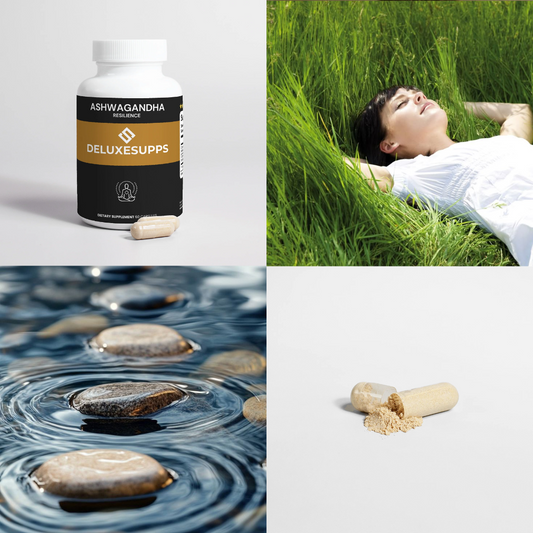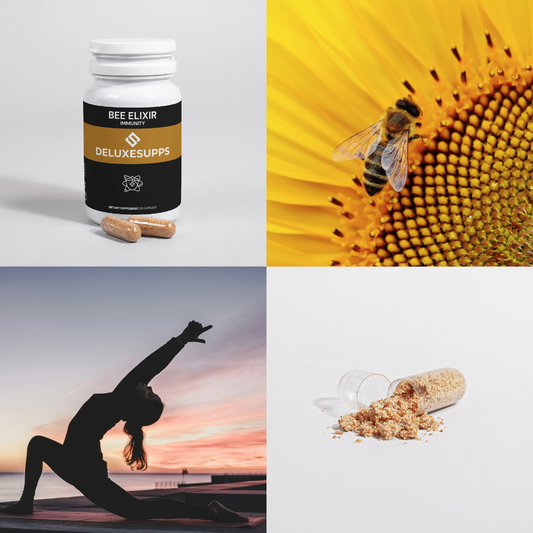Updated on: 2025-11-10
Table of Contents
- Product Spotlight: Coconut Oil Face Moisturizer
- Did You Know? Facts About Coconut Oil for Skin
- Pros and Cons Analysis: Coconut Oil Facial Moisturizer
- How to Make a DIY Coconut Oil Face Moisturizer Recipe
- FAQ: Coconut Oil Face Moisturizer
- Conclusion and Next Steps: Choosing a Coconut Oil Face Moisturizer
- About the Author: Ingredient-Focused Skincare Guidance
A coconut oil face moisturizer can be a simple, effective way to lock in comfort and support a soft, smooth feel. This article explains how to evaluate a coconut oil facial moisturizer or a coconut oil face cream, when to choose one texture over another, and how to set your routine for consistent results. You will find practical insights on coconut oil for skin, a balanced pros-and-cons view, and a safe, easy, DIY coconut oil face moisturizer recipe you can test at home.
Product Spotlight: Coconut Oil Face Moisturizer
A coconut oil face moisturizer is a leave-on product designed to reduce water loss from the skin’s surface and enhance softness. Many formulas pair coconut oil with complementary emollients and humectants to improve glide, spreadability, and a smooth finish. A coconut oil facial moisturizer can appear as a lightweight lotion, a richer coconut oil face cream, or a balm-like concentrate with a denser texture.
What to look for:
- Texture fit: Select a lotion for normal-to-combination skin, a cream for dry skin, and a balm-style product for very dry areas. A coconut oil face cream often feels richer and more occlusive than a lotion.
- Supportive ingredients: Humectants such as glycerin help draw water into the upper skin layers. Emollients like squalane, jojoba, or shea esters can balance the glide of coconut oil for skin and reduce a greasy feel.
- Refined vs. unrefined: Refined coconut oil typically has a lighter scent and a more consistent texture. Unrefined coconut oil has a natural aroma and may feel slightly different depending on batch.
- Non-comedogenic design: Some face moisturizers incorporate lightweight oils and structured emulsions to help lower the likelihood of pore congestion on acne-prone areas.
Who benefits most:
- Dry or dehydrated skin seeking a cushiony, soft finish.
- Normal skin in cooler or drier environments where extra occlusion feels comfortable.
- Individuals who prefer a natural face moisturizer approach, favoring short ingredient lists and recognizable oils.
Shopping tip: Explore product pages that list full ingredients and texture notes. For a broad view of options and textures, visit the store collection page: Shop all.
Did You Know? Facts About Coconut Oil for Skin
- Coconut oil contains mostly saturated fatty acids, which help create an occlusive barrier for a soft, conditioned feel.
- The melting point of coconut oil is relatively low, so many coconut oil face moisturizer products may feel firmer in cooler rooms and melt upon skin contact.
- Texture is formulation-dependent: pairing coconut oil with humectants and lightweight esters can make a coconut oil facial moisturizer feel more breathable.
- Patch tests are helpful: skin types vary widely, and a small area test can reduce surprises.
- The phrase “best coconut oil face moisturizer for dry skin” usually refers to a cream or balm formula with added humectants for improved comfort.
Pros and Cons Analysis: Coconut Oil Facial Moisturizer
Pros
- Smooth finish: Leaves the skin feeling soft and cushioned.
- Simple routines: Complements minimal, ingredient-conscious regimens.
- Versatility: Works as a standalone natural face moisturizer or as a sealing layer over serums.
- Texture options: Available as lotion, cream, or balm to match skin preferences.
Cons
- Potential heaviness: Some users may find pure coconut oil textures too rich, especially in humid environments.
- Comedogenic potential: On some skin types, heavier oils can increase the likelihood of congestion if overused.
- Scent sensitivity: Unrefined options have a natural aroma that not everyone prefers.
- Layering needs: May require mindful layering with water-based products to balance feel and finish.
For additional ingredient education and routine ideas, explore recent articles on the store’s Blog.
How to Make a DIY Coconut Oil Face Moisturizer Recipe
If you enjoy a hands-on approach, a DIY coconut oil face moisturizer recipe can help you understand texture and layering. The formula below is simple, uses few ingredients, and emphasizes a balanced feel. Always perform a patch test before using a new formulation across your face.
DIY Ingredients
- 1 tablespoon refined coconut oil
- 1 tablespoon jojoba oil or squalane
- 1 teaspoon glycerin (optional for extra slip)
- 2–3 drops vitamin E oil (as an antioxidant; optional)
- Clean, dry 2 oz jar with a tight lid
Step-by-Step Directions
- Step 1 — Prepare the jar: Ensure your jar and stirring utensil are clean and completely dry to help maintain freshness.
- Step 2 — Combine base oils: Add refined coconut oil and jojoba oil (or squalane) to the jar. If solid, warm the coconut oil gently by placing its container in a bowl of warm water until it liquefies. Do not overheat.
- Step 3 — Add optional ingredients: Stir in glycerin and vitamin E oil. Mix thoroughly until you achieve a uniform texture.
- Step 4 — Set the texture: Allow the mixture to rest at room temperature. If your environment is cool, the moisturizer may gently thicken as the coconut oil sets.
- Step 5 — Patch test and apply: After a patch test, smooth a pea-sized amount onto damp skin. Adjust the amount based on your skin’s response and finish preference.
Storage and Usage Tips
- Storage: Keep the jar closed, clean, and away from direct sunlight.
- Application: Use on slightly damp skin for a more balanced glide. Start with a small amount, especially on the T-zone.
- Layering: Apply water-based serums first, then this moisturizer to seal.
- Frequency: Use as needed. Many prefer it at night to assess comfort and finish.
This DIY section is intended for cosmetic use. It does not substitute for professional advice. If you have specific concerns about ingredients or usage, reach out through the store’s Contact us page.
FAQ: Coconut Oil Face Moisturizer
Is coconut oil safe to use as a face moisturizer?
Many people use coconut oil on the face without issues, especially when dryness is the main concern. However, skin types vary. Those who prefer lighter textures or who notice congestion may favor a structured coconut oil facial moisturizer that blends coconut oil with lightweight emollients and humectants. A patch test is a practical first step.
Will coconut oil clog pores when used on the face?
Coconut oil can feel rich, and some users report congestion when applying it heavily or too frequently, particularly on the T-zone. To lower the risk, apply sparingly, focus on drier areas, and consider a coconut oil face moisturizer that pairs coconut oil with lighter oils or uses an emulsion format. This approach can improve spread and reduce a heavy finish.
What is the best coconut oil face moisturizer for dry skin?
Dry skin typically benefits from a cream or balm with humectants and balanced emollients. Look for a coconut oil face cream that includes glycerin and lightweight esters to enhance comfort without a greasy residue. The best coconut oil face moisturizer for dry skin will feel cushioning after two to three minutes, with no tacky or waxy after-feel.
How does a coconut oil facial moisturizer compare with a standard lotion?
A standard lotion may rely more on water, humectants, and light emollients, while a coconut oil facial moisturizer emphasizes occlusion. If your skin needs a stronger sealing layer, coconut oil can help lock in comfort. If you prefer a quick-absorbing finish, a lighter lotion or a blended coconut oil emulsion may be preferable.
How do I layer a natural face moisturizer with other products?
Apply water-based serums first, let them settle, then apply your coconut oil face moisturizer to seal in hydration. In the daytime, follow with a separate sunscreen according to its directions. This sequence helps maintain a balanced finish.
Conclusion and Next Steps: Choosing a Coconut Oil Face Moisturizer
A coconut oil face moisturizer can be a straightforward way to support softness and a comfortable finish. The choice between a coconut oil facial moisturizer, a coconut oil face cream, or a balm depends on texture preference, climate, and skin type. Keep application amounts modest, prioritize balanced formulas with humectants, and use a patch test to assess personal tolerance.
If you prefer ready-made options, explore ingredient lists for texture clues and look for products that combine coconut oil with lightweight emollients. For brand information and values, visit About us. If questions arise while comparing options, the Contact us page is available, and the store Blog offers ongoing education to refine your routine.
About the Author: Ingredient-Focused Skincare Guidance
Deluxesupps Deluxesupps
Deluxesupps Deluxesupps specializes in ingredient-focused content that helps readers evaluate textures, formats, and routines with clarity. With experience in product analysis and customer education, the author presents balanced insights to support confident, informed choices. Thank you for reading, and feel free to reach out with questions anytime.
The content in this blog post is intended for general information purposes only. It should not be considered as professional, medical, or legal advice. For specific guidance related to your situation, please consult a qualified professional. The store does not assume responsibility for any decisions made based on this information.
